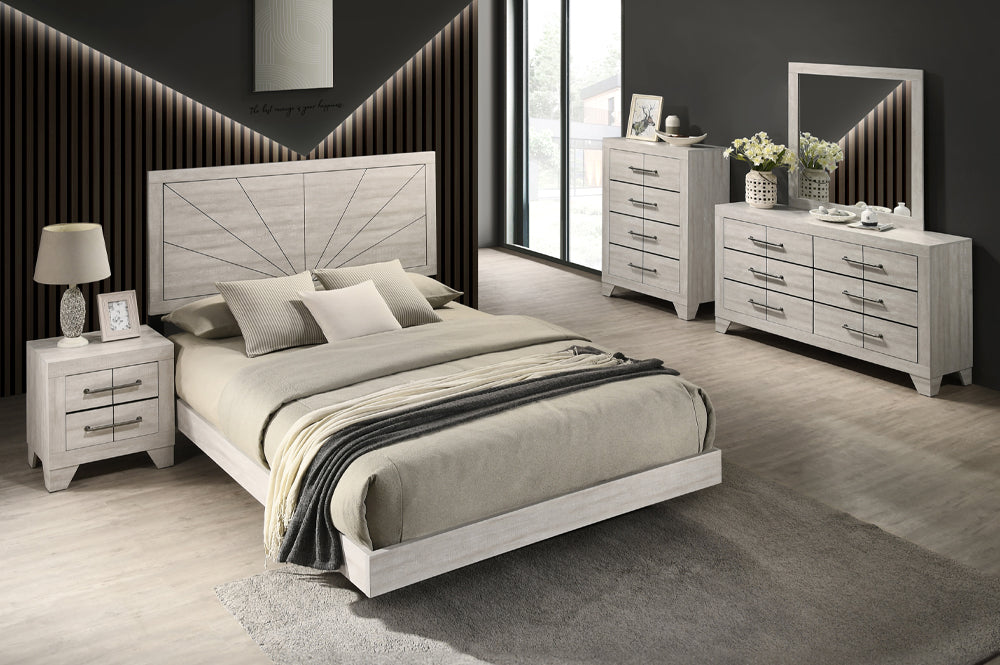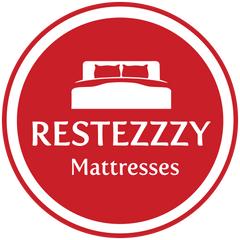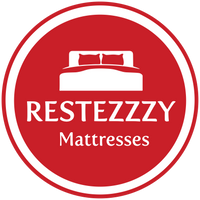
Mattress Buying Guide
How to buy right mattress?
Finding the best mattress for your needs depends on your individual sleep style and preferences.
Know your mattress
Discover what makes your mattress truly comfortable. From materials to firmness and cooling features — see all the details that support your best sleep.
Choosing Your Ideal Mattress Type: A Quick Guide Selecting the right mattress type is a personal decision, driven by your unique comfort preferences.
Foam Mattresses:
Best For: Those seeking superior contouring, pressure relief, and excellent motion isolation (ideal for couples).
Key Features: Molds to your body, reduces disturbances from movement, available in various firmness levels (memory foam, foam), often includes cooling tech, durable and silent. Great for side and back sleepers, with firm options for stomach sleepers.
Innerspring Mattresses:
Best For: Those who prefer a traditional, responsive, and bouncy feel with robust support.
Key Features: Coil core provides a classic bouncy sensation and firm support. Layers of foam/latex/fabric add comfort. Known for durability and breathability (due to coil structure). Ideal for back and stomach sleepers.
Hybrid Mattresses:
Best For: Individuals looking for a balanced blend of responsive support from coils and pressure-relieving comfort from foam.
Key Features: Combines pocketed coils for stability with foam layers for cushioning. Offers the bounce of springs with the contouring of foam. Versatile for all sleep positions and highly durable.
Mattress in a Box:
Best For: Convenience in transport and setup, especially for small spaces or tricky deliveries, without sacrificing comfort.
Key Features: Compressed and rolled into a compact box for easy handling. Quickly expands to full size. Available in both foam and hybrid varieties, offering the same quality as traditional models, shipped directly to your door.
Finding Your Ideal Blend of Comfort & Support Selecting the right mattress boils down to two critical elements: comfort and support. When your body is correctly aligned during sleep, your muscles and joints get the vital rest needed to recover from daily activities, whether it's hours spent at a desk or outdoor chores. Adequate body support is essential to prevent morning soreness and ensure you wake up feeling truly revitalized. Since personal preferences for support and comfort vary widely, there's no single "correct" choice. But what exactly do these terms mean?
COMFORT: This describes the tactile feel of the mattress. It's a highly subjective experience, unique to each individual's preferences and physical needs. What feels perfectly comfortable to one person might not for another, meaning there's no universal "right" level of comfort.
SUPPORT: This refers to the mattress's ability to uphold your body and maintain proper spinal alignment. The materials used in its core layers (like coils, springs, or high-density foam) primarily determine its supportive qualities. Given that everyone has distinct sleeping requirements, the optimal level of support also differs greatly from person to person.
What's Your Sleep Temperature? The Role of Mattress Cooling Sleep temperature significantly impacts the quality of your rest. If you naturally sleep hot or frequently wake up feeling sweaty and overheated, your choice of mattress can play a crucial role in regulating your body temperature for a more comfortable night's sleep. Benefits of Cooling Sleep & Mattress Technology When discussing mattresses, "cooling" refers to both how cool the mattress feels to the touch and its capacity to maintain a temperature-regulated sleep environment. Mattresses designed with cooling technology incorporate specific components and materials to facilitate a cool and comfortable sleep. If you tend to overheat at night, look for mattresses featuring: Gel Grids: These help dissipate heat away from the body. Cooling Memory Foam: Engineered to prevent heat retention common in traditional memory foam. Gel-Infused Memory Foam: Memory foam blended with gel particles to absorb and draw away heat.
Mattress Thickness: Understanding Layers and Their Purpose Mattress thickness varies significantly, typically ranging from 7 inches to over 20 inches, due to the combination of different comfort and sleep technology materials within its layers. These layers are categorized into two main types: Foundation or Base Layer Purpose: Similar to a building's foundation, this layer provides the overall durability and fundamental support for the entire mattress. Importance: A robust base layer is crucial for the longevity of the mattress. Without adequate support from this layer, the mattress is prone to premature wear and tear, often manifesting as sagging in high-pressure areas like the hips and lower back. Comfort Layers Purpose: These are all the layers situated above the base layer, primarily contributing to your comfort and sleep quality. Benefits: Comfort layers are designed to: Promote healthy spinal alignment. Provide effective pressure relief for various body parts. Offer motion isolation, minimizing disturbances from partner movements.
Pressure Point Relief in Mattresses Pressure point relief is a critical aspect of mattress design, as it plays a significant role in alleviating pain and enhancing overall health. The ideal balance between pressure relief and support is highly individual, varying based on a person's body type and preferred sleeping position. Targeted Relief For Better, Healthier Sleep The degree of targeted relief a mattress offers is directly related to how well it contours and supports your specific sleep position. Effective pressure relief can: Alleviate aches and pains. Reduce tossing and turning throughout the night. Improve circulation by minimizing pressure on key areas of the body. Conform to your body's unique shape.
How to Buy the Best Mattress for Side Sleepers
Finding the best mattress for side sleepers is all about choosing one that offers the right balance of support and pressure relief. Side sleepers need a mattress that cushions the shoulders and hips while keeping the spine aligned. Look for medium to medium-soft firmness, memory foam or hybrid materials, and features like zoned support or contouring layers. Avoid overly firm options, which can create pressure points and disrupt sleep. Use our expert tips to compare features, read reviews, and avoid common mistakes—so you can sleep better, every night.



